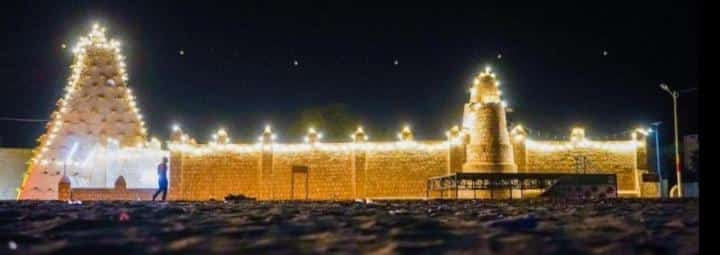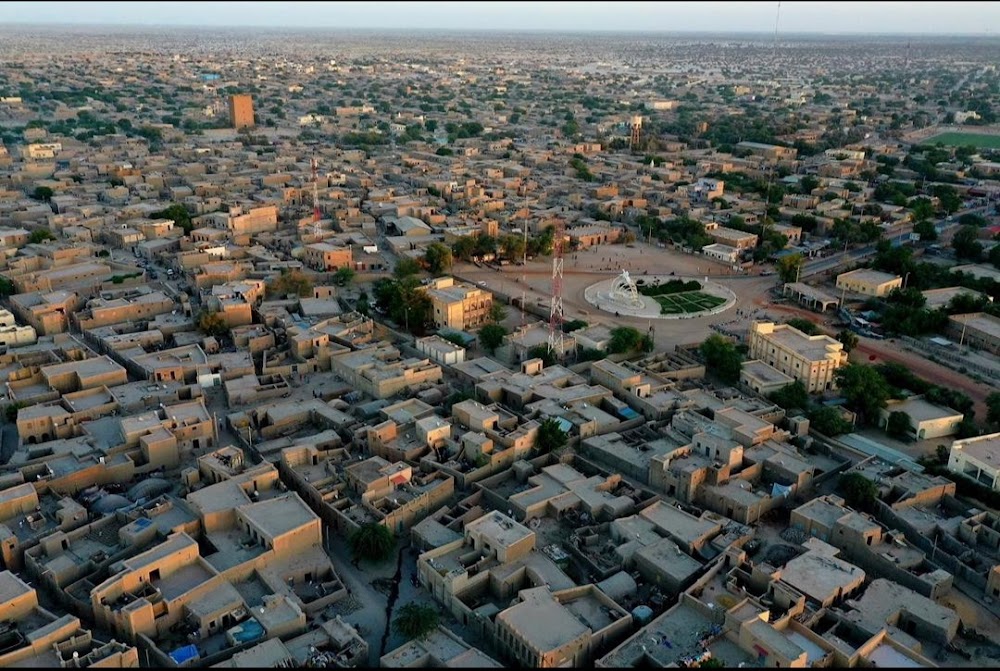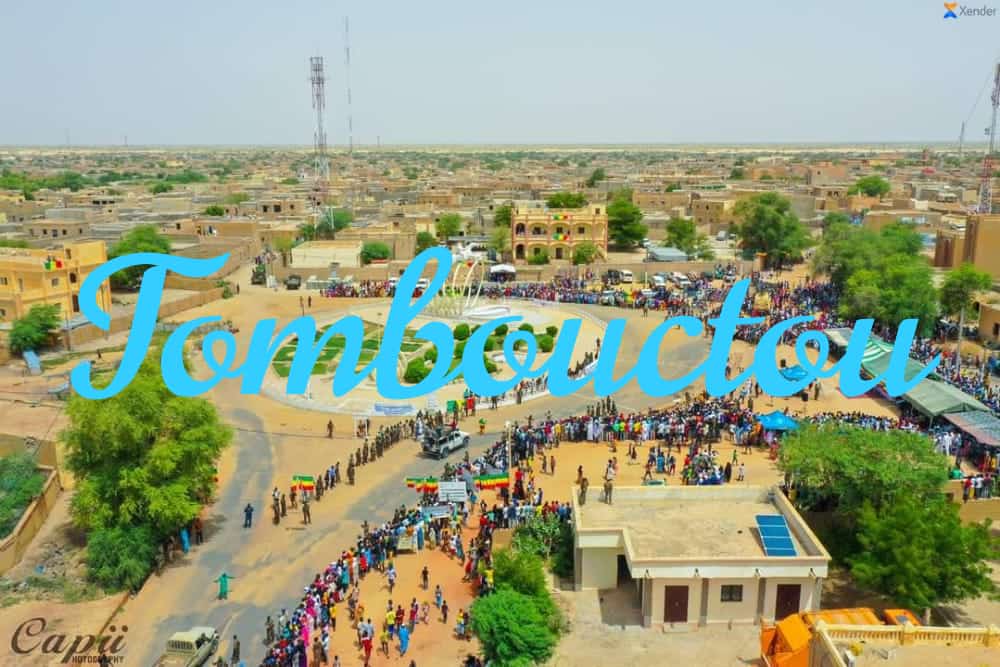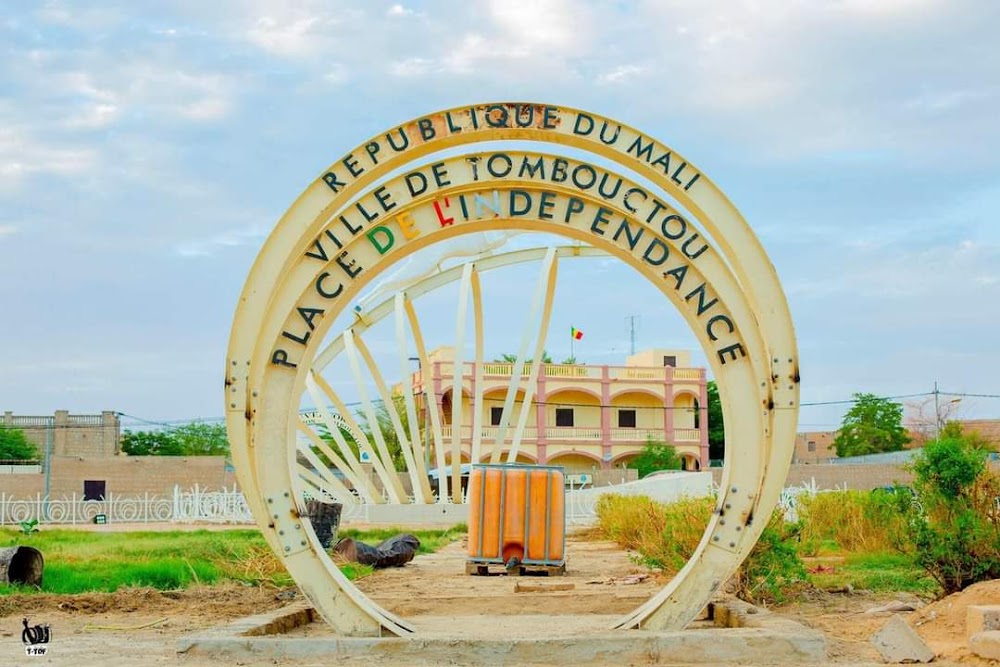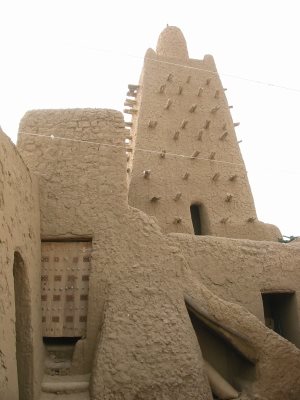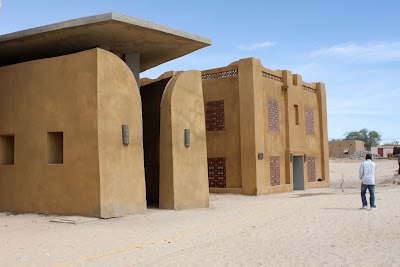Timbuktu Old Town (Vieille Ville de Tombouctou)
Overview
Timbuktu, nestled in the Tombouctou Region of Mali, is a city steeped in history, with roots tracing back to the 12th century. Originally a seasonal settlement, Timbuktu gained significance due to its strategic location at the crossroads of the Sahara Desert and the Niger River. This unique positioning established it as a crucial hub for trade and scholarship, attracting merchants and scholars alike.
Origins and Name
The founding of Timbuktu is attributed to the Tuareg nomads, who established the town around 1100. The name "Timbuktu" is believed to derive from the Tuareg words "Tim" and "Buktu," which translate to "place of Buktu." This refers to an old woman who once lived in the area, known for her well that provided water to weary nomads traversing the harsh desert landscape.
The Golden Age under Empires
During the 13th and 14th centuries, Timbuktu thrived under the Mali Empire, transforming into a vital center for the trade of gold, salt, ivory, and slaves. The wealth generated from these trades funded the construction of magnificent buildings and mosques that still grace the city today. Crafted from mud bricks and coated with layers of clay plaster, the architecture of Timbuktu reflects the ingenuity and resourcefulness of its people.
The city’s golden age further flourished during the 15th and 16th centuries under the Songhai Empire. Timbuktu emerged as a renowned center of Islamic learning, attracting scholars from across the Islamic world. This era saw the rise of three prominent mosques: the Djinguereber Mosque, Sankore Mosque, and Sidi Yahya Mosque, each celebrated for their distinct architectural styles and cultural significance.
The Djinguereber Mosque
Constructed in 1327, the Djinguereber Mosque was commissioned by Mansa Musa, the affluent emperor of Mali. It showcases traditional Sudano-Sahelian architecture, characterized by large earthen pillars and wooden scaffolding that protrudes from its walls. More than just a place of worship, this mosque stands as a testament to Timbuktu's historic wealth and spiritual devotion.
The Sankore Mosque
Another vital structure is the Sankore Mosque, which doubled as a university. Funded by a wealthy Mandinka woman during the Mali Empire, this institution attracted scholars from the Muslim world and housed an extensive collection of manuscripts on various subjects, including astronomy, law, and mathematics. These manuscripts are now invaluable historical artifacts, highlighting Timbuktu's rich intellectual heritage.
The Sidi Yahya Mosque
Completed in 1440, the Sidi Yahya Mosque exemplifies the city’s spiritual dedication. According to legend, a prophecy stated that the mosque's gate would remain closed until a saintly figure arrived 40 years after its completion. This prophecy’s fulfillment has further enhanced the site's mystical allure.
Challenges and Resilience
Despite its illustrious past, Timbuktu has faced numerous challenges, including invasions, droughts, and changes in trade routes. The rise of European exploration and the establishment of Atlantic trade routes diminished the city's prominence. Nevertheless, the legacy of Timbuktu's contributions to global history endures.
In recent years, Timbuktu has encountered new threats, such as armed conflicts and extremist attacks that have jeopardized its heritage sites. However, international efforts, spearheaded by organizations like UNESCO, have been initiated to preserve and restore Timbuktu’s historic structures and artifacts, ensuring that its cultural heritage is safeguarded for future generations.
Today, Timbuktu stands as a symbol of historic wisdom and resilience. The city's ancient mosques and invaluable manuscripts continue to inspire scholars and historians worldwide, serving as a reminder of a time when Timbuktu was a vibrant center of intellectual and commercial exchange.


